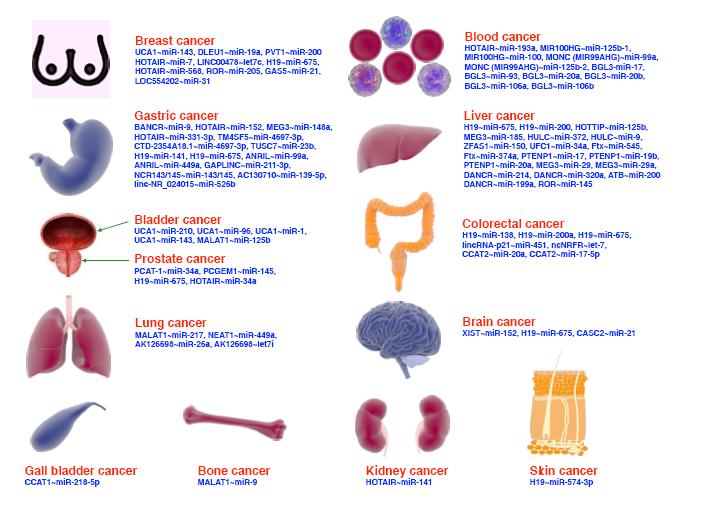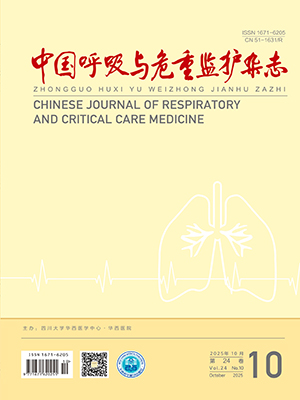| 1. |
Rozenbaum MH, Mangen MJ, Huijts SM, et al. Incidence, direct costs and duration of hospitalization of patients hospitalized with community acquired pneumonia: a nationwide retrospective claims database analysis. Vaccine, 2015, 33(28): 3193-3199.
|
| 2. |
Wunderink RG, Waterer GW. Clinical practice. Community-acquired pneumonia. N Engl J Med, 2014, 370(6): 543-551.
|
| 3. |
Mandell LA, Wunderink RG, Anzueto A, et al. Infectious Diseases Society of America; American Thoracic Society: Infectious Diseases Society of America/American Thoracic Society consensus guidelines on the management of community-acquired pneumonia in adults. Clin Infect Dis, 2007, 44(Suppl 2): S27-S72.
|
| 4. |
陈愉生, 王大璇, 李鸿茹, 等. 环介导等温扩增技术在下呼吸道感染常见病原体检测中的应用. 中华结核和呼吸杂志, 2014, 37(4): 270-273.
|
| 5. |
Chen YS, Li HR, Zhang W, et al. Development of a bead-based suspension array for the detection of pathogens in acute respiratory tract infections. Exp Biol Med (Maywood), 2016, 241(14): 1551-1558.
|
| 6. |
Renaud B, Labarère J, Coma E, et al. Risk stratification of early admission to the intensive care unit of patients with no major criteria of severe community-acquired pneumonia: development of an international prediction rule. Crit Care, 2009, 13(2): R54.
|
| 7. |
Guven H, Ahintop L, Baydin A, et al. Diagnostic value procalcitonin levels as early indicator of sepsis. Am J Emerg Med, 2002, 20(3): 202-206.
|
| 8. |
Rivers E, Nguyen B, Havstad S, et al. Early goal-directed therapy in the treatment of severe sepsis and septic shock. N Engl J Med, 2001, 345(19): 1368-1377.
|
| 9. |
Moine P, Vercken JB, Chevret S, et al. Severe community-acquired pneumococcal pneumonia. The French Study Group of Community-Acquired Pneumonia in ICU. Scand J Infect Dis, 1995, 27(3): 201-206.
|




